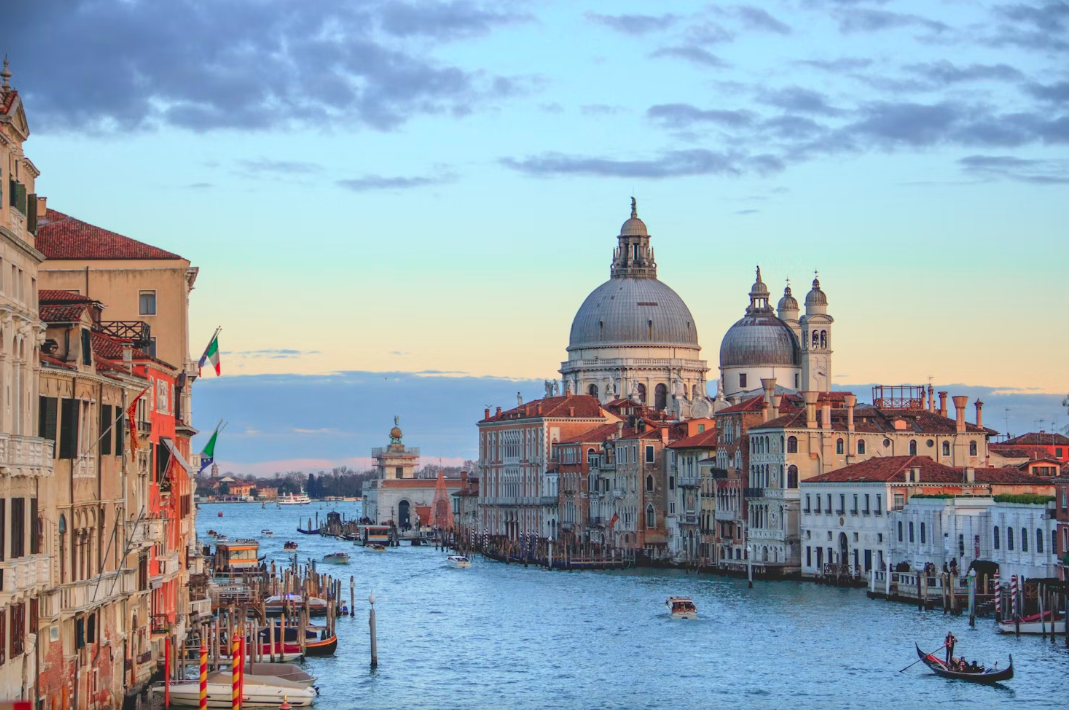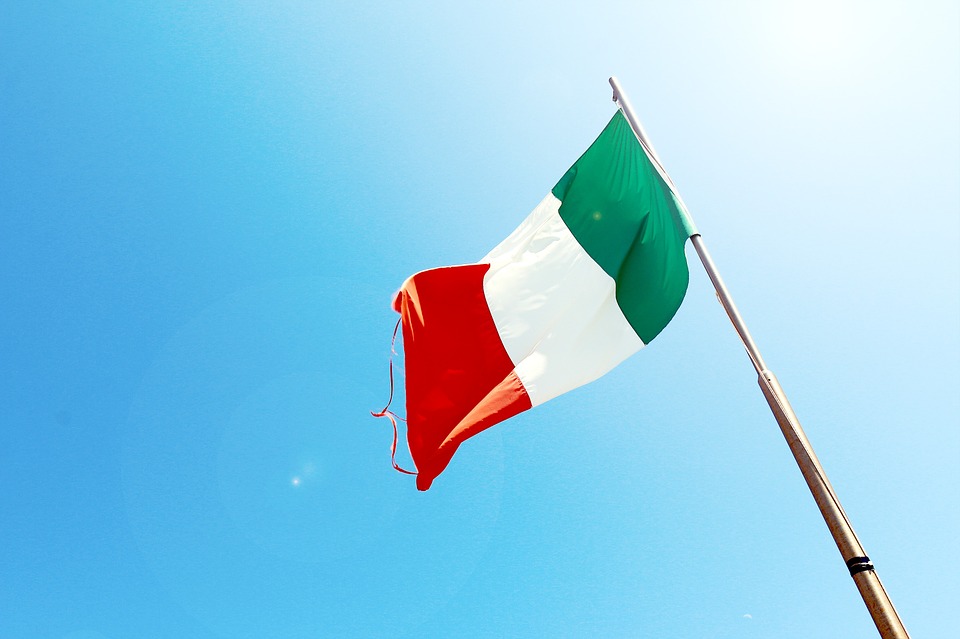
Study in I.U.S.S. - Istituto Universitario di Studi Superiori
Last edited on 28 Dec 2025
The School of Advanced Studies (IUSS) is the last step of a long lasting higher education process started in 825 A.C. when Lotharius I, Emperor of the Romans and King of Italy, appointed Pavia, the ancient capital of the Lombard kingdom, as the site for higher education. This process went through the foundation - in 1361 by Holy Roman Emperor Charles IV - of the Studium Generale, later on named "University of Pavia", and it later became the sole University of the Duchy of Milan. After the decadence during the Spanish domination, the University prestige was restored by Maria Theresa Sovereign of Austria and Holy Roman Empress.
Just to focus on science, we can mention a few of the famous professors who taught at the University of Pavia: Girolamo Cardano (1501-1576), who invented the "cardanic joint", a fundamental mechanical device; Alessandro Volta (1745-1827), the inventor of the battery; Antonio Scarpa (1752-1832), who gave his name to many anatomical parts such as "the Scarpa triangle", and the Nobel Laureate Camillo Golgi (1843-1926), who invented the so-called "black reaction", which, for the first time, displayed the ramified structure of nerve cells, and discovered many microstructures including the famous "Golgi complex". The Pavia University system provides a unique offer for more than 20.000 students, including a choice of University colleges. Among them: the "Almo Collegio Borromeo" and the "Collegio Ghislieri", established in the 16th centuries. They are now 15, hosting almost 2.000 students, and they offer a unique opportunity of study and cultural enrichment in a multidisciplinary and multiethnic environment. Through centuries the University of Pavia became one of the leading institutions in Europe.









